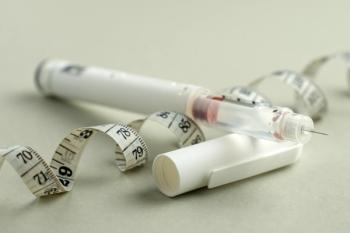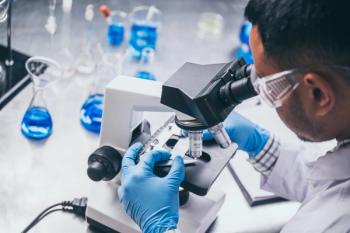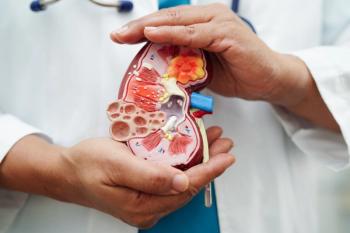
Radiation Therapy in Youth Increases Risk of Breast Cancer
Girls who received mantle radiation for childhood cancer were found to be at elevated risk for secondary breast cancer later in life.
Girls who received mantle radiation for childhood cancer were found to be at elevated risk for secondary breast cancer later in life.
Although childhood cancers are typically treated with more moderate doses of radiation, new data presented at the American Society of Clinical Oncology (ASCO) annual meeting shows that having radiation therapy in childhood increases the risk of developing breast cancer later in life—and this risk was found to be approximately equal to the risk associated with women who have BRCA1 or BRCA2 mutations.
“While most women are aware that hereditary mutations can increase the risk for breast cancer, few are aware that radiation to the chest can also increase this risk, including the women who themselves were treated,” noted lead author Chaya Moskowitz, PhD, biostatistician, Memorial Sloan-Kettering Cancer Center, in a
Dr. Moskowitz and colleagues analyzed data from 1268 cancer survivors in the Childhood Cancer Survivor Study and compared these results with 4570 first-degree female relatives of participants in the Women’s Environmental Cancer and Radiation Epidemiology study to estimate the incidence of breast cancer in these two populations.
The study
Dr. Moskowitz noted that the dosage of radiation given in youth is not the only variable affecting breast cancer incidence. “The volume of breast tissue that is exposed to radiation is also a critical factor,” she added.
Based on the study’s findings, the authors recommend that women given whole-lung radiation in childhood, regardless of the dosage, should get regular breast cancer screenings starting at an early age.
- Perform monthly breast self-examinations. Any lumps or changes to the breast should be reported to a healthcare provider right away.
- Have a clinical breast exam performed by a health care provider at least once a year until age 25, and then every 6 months thereafter.
- Have a yearly mammogram starting at age 25 or 8 years after receiving radiation (whichever comes last).
Newsletter
Stay informed on drug updates, treatment guidelines, and pharmacy practice trends—subscribe to Pharmacy Times for weekly clinical insights.



















































































































































































































